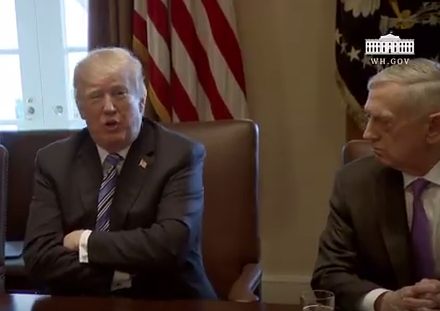[Susan Monteverde has many years of experience in Washington, DC – based trade associations, including in the port sector. As an association executive and government relations professional she has represented her member organizations in challenging situations and can help trade groups and businesses that need strategic advice and representation. Below are ten tips worth reading for those in port/maritime and other sectors.]
Trade associations, the life blood of much of Washington, need to take notice of the Coronavirus and make sure they have devoted time to plan. A crisis often comes up quickly and it is important to get ahead of the curve to protect your industry, show value to your members, and often something not thought of enough, to protect the financial health of the organization.
1. Set up a senior management team to address the crisis if you haven’t already. While this is the key initial group, later involve your staff as they may have excellent recommendations. More than most crises, the Coronavirus can impact not only the industry you represent but the workforce of the Association. Start planning now!
2. Consider bringing in a crisis communications specialist. There are different audiences they can help you with, and they are often an important part of your crisis team. They can help craft clear and well thought out messages for various audiences and can keep their pulse on how the crisis is changing. Associations are normally busy places, especially in the Spring, don’t shy away from extra help.
3. Determine and serve your key audiences. You may have different messages for your members, the media, and government officials. Make sure you are in touch with your key government contacts. They are interested in the impact on your industry. Your members will also want to know what the government response will be.
4. Seek input from your members. Make sure you listen to your members and set up a mechanism to get input on a regular basis. Consider weekly conference calls to achieve broad two-way communications. If your members handle different commodities or come from different sectors of the economy, be sure to reach out to those different types of members. Ask and listen.
5. Show leadership in sharing information. Sharing information, expertise and best practices are often a key value of association membership. In a crisis, some are on the front line and have to deal with the crisis first. What can you do to share their experiences, especially during the crisis, not just after? Larger members who often have crisis management teams in place, with outside experts, can also help both the association and smaller members communicate about the crisis.
6. Be flexible and don’t simply plan on your first impressions. Be nimble but also have a structure in place to continually get feedback from your members, the media and often most important, federal officials. People need time to react and you need to be sure to understand the evolving ideas.
7. Determine the impact on your bottom line. Something like the Coronavirus can have a big impact on an association’s bottom line. Many associations experienced this after September 11 and the 2008 financial crisis. What lessons did you learn? How do you make your meetings safe and communicate this to the members to encourage them to come? Do you have a plan if someone becomes ill with the Coronavirus at your meeting and how they can get care? Be proactive or you could lose both your value/relevance to members in addition to losing money from a decrease in meeting attendees.
8. Keep a close eye on government reaction. Washington loves a crisis. This could be to help industry be safer or spur the economy or it could be to establish new laws and regulations. Like other national crises, expect the government to take some action. Keep track of the impact on your association and industry and lookout for opportunities. Think big. Determine how your industry can fit into this mix. Make sure your messages are clear and convincing and then charge your government relations team to spend time lobbying, even if that means changing some priorities.
9. Crises often change your strategic and operational plans. Be flexible. The Coronavirus is likely to have a negative financial consequence on your association. It may be a drop in attendance, less advertising or a decrease in members who can afford dues if they took a financial hit. Your original advocacy agenda may change as well. Again, be flexible. See how this crisis can be an advantage, not just a disadvantage. Associations should also look at operational and business continuity plans.
10. Take action now! So, bottom line: be both on the offense and the defense and make sure your game plan is flexible to address the many changes. Be dynamic and don’t forget to put together a plan that is multi-faceted. A crisis can also bring a lot of visibility about the value of your industry. Show leadership and value to your members and don’t forget your bottom line.
Susan Monteverde can be reached at MonteverdeAdvisors@gmail.com.
